When it comes to surfing, there is no “dress code”.
Surfers come in all shapes and sizes and everyone has their own style.
Just as some surfers have tattoos, some choose to have piercings. Whether it is in their ears, nose, belly button, or anywhere else.
Of course, wearing piercings while surfing could have a few disadvantages, but for the most part, there is no reason that a surfer cannot wear piercings in the water.
Below we will look at how wearing piercings may affect you while you surf, and discuss a few ideas that you may choose to adopt.
- Can You Surf With Earrings or Piercings?
- What Are the Dangers of Surfing With Earrings or Piercings?
- Does the Rings’ Shape or Size Matter?
- Should I Take Them off Before Surfing?
- Is It Fine if I Just Tape Them?
- Will Earrings or Piercings Start to Rust?
- 6 Tips for Surfers With Earrings or Piercings
- Conclusion
Can You Surf With Earrings or Piercings?
Surfing with earrings or piercings is normal for many surfers, and they do so without thinking about it.
Although some factors such as:
- how old the piercing is
- the size of them
- where they are on your body
- the swell size, and
- the cleanliness of the water
are all things you might want to consider, there is in general nothing wrong with surfing with a piercing.
What Are the Dangers of Surfing With Earrings or Piercings?
There are not many dangers involved with surfing and piercings.
However, there are a few things that you should consider before entering the water with earrings or other piercings:
Age of Piercing
Piercings, as with other wounds, need time to heal.
Even though the holes are small, they are still invitations for bacteria and dirt.
According to the NHS, you should avoid swimming for at least 24 hours after a new piercing.
This time will of course be extended if you have pierced a slow healing location, or if there are complications such as infection.
Some piercings such as navel rings need much longer to heal than others (often between 6 months to a year).
This is not to say you cannot surf before then, but you will need to clean the area thoroughly after each session.
Dirty Sea Water
Related to the above point, new piercings are particularly susceptible to infection.
The ocean, although salty, is a breeding ground for bacteria. This bacteria is why it is not a good idea to surf with a new tattoo.
When you go surfing with a piercing that is not entirely healed, it allows bacteria to enter the wound and cause further damage.
In some cases, this may lead to hospitalization if not cared for correctly.
Torn Skin
The location of your piercing and the size of the waves that you plan to surf will play a large role in how much each piercing will affect you.
For example, a stud in your earlobe will be less likely to cause a problem as they are out of the way, while a belly ring can be painful when paddling, and stands the chance of being dislodged or ripped out when putting on your wetsuit.
On the other hand, surfing in large swells creates a strong chance that exposed piercings (ears, nose, etc.) will be ripped out due to hard impacts on the water, ocean floor, and your surfboard.
You should consider the likeliness of your piercings being pulled out during a surf. This would be a painful and frustrating situation.
The Attraction of Sea Life
Many fish and other sea creatures are attracted to shiny objects.
Although a small silver earring is unlikely to attract large creatures such as sharks, they may cause curiosity and provide a reason for them to venture slightly closer than comfort.
Smaller fish such as barracuda have large sharp teeth and will swim towards shining objects mistaking them as prey.
Yes, it is unlikely that your piercing will cause a barracuda to bite you, but it is worth knowing that it does raise the chances.
Loss of Jewelry
Jewelry can be expensive. Most people with piercings know the feeling of losing one and never getting it back.
When you are surfing, the chances of a piercing slipping off is much higher than when on land.
This is because there is a lot of movement around your body.
Crashing waves, friction from the water as you paddle, and the impact from wiping out can all lead to you losing an expensive item.
Does the Rings’ Shape or Size Matter?
The size and shape of your ring or piercing can make a difference in how they affect you in the water.
Smaller rings and piercings such as studs are less likely to get caught in your hair, leash, or wetsuit string.
If you choose to go surfing with large hoop earrings, the chances of you accidentally pulling them out becomes very high.
The smaller the piercing, the less chance there is that something will go wrong.
Which types of piercings could be problematic?
As mentioned above, larger piercings could become a problem in the water.
Along with these, piercings with hooks, loops, and those that dangle all have a high chance of causing damage.
Simply put, if something is able to catch onto your piercing, it may lead to injury.
Furthermore, piercings with spikes such as stars or horns can pierce the skin if you fall incorrectly.
On smaller rings, this might only sting slightly, but with large horns, you could cause some serious damage.
Should I Take Them off Before Surfing?
Some surfers will choose to remove their piercings before hitting the waves.
This is sometimes because they do not wish to lose them, and other times it is for safety.
It is up to you whether you remove your piercings before surfing or not, but a good rule of thumb is to remove anything you are afraid of losing, and replace larger earnings and piercings with studs or bars.
Is It Fine if I Just Tape Them?
Some sports people choose to tape their piercings before taking part in the sport.
It is common to see football players with tape over their ears.
This helps protect the piercing from being ripped out if contact is made with another player.
Similarly, you have the option to do this when surfing.
Although there are fewer hard impacts in surfing, colliding with another surfer, hitting your board, or getting wiped out by a large wave can all pull your piercings free.
Taping your piercings will not protect you from infection, but it will help protect the area from a greater danger.
If you plan on placing tape over a piercing before surfing, it is a wise idea to use skin-friendly tape that will not become loose in the water.
Will Earrings or Piercings Start to Rust?
Depending on the metal that your piercing is made from, you may find they begin to rust over time.
This rusting is often sped up by the saltwater in the ocean.
Metals such as surgical stainless steel and surgical titanium are highly resistant to saltwater and rust.
They are good choices if you want to protect your wound while keeping your piercings in when surfing.
Piercings made from plated gold or iron have high risks of rusting, and therefore creating infections.
Plated gold piercings tend to flake off, thus exposing the underlying metal and causing rust.
Are there special surfing earrings or piercings?
There are no special piercings designed for surfing. However, there are many styles of silicon or rubber studs and bars that would suit the purpose.
Silicon is soft and therefore could cause less damage upon impact.
These piercings are also cheap, which means if you happen to lose one, the hit is not as hard as losing a silver or stainless steel piercing.
Finally, silicon and rubber do not rust, which means they are much better suited for the ocean.
6 Tips for Surfers With Earrings or Piercings
1. Don’t Surf With New Piercings
As mentioned above, the ocean is a dirty place and full of bacteria.
If your piercing is new, it is best to wait at least 24 hours before entering the ocean.
With some slow healing piercings such as belly rings, it is best to wait up to a week before entering the water.
2. Take Only What You Can Afford to Loose
There is always a chance that you will lose a piercing while surfing, and as they tend to sink, when one falls out, there is very little chance of getting it back.
With this in mind, it is not a good idea to go surfing with diamond earrings, or sterling silver jewelry.
3. Avoid Large Swell
Large swell lead to bigger impacts.
This could be from a wave crashing on your head while you paddle past the break, from your surfboard hitting you on a wipeout, or from a collision with another surfer.
Remember, the bigger the waves, the more power, and the faster you will be traveling.
4. Remove Your Piercings in Shallow Breaks
If you plan on surfing in a shallow break such as a shore break or a dry reef, it is a good idea to remove your piercings.
There is a high chance of making contact with the hard ocean floor when surfing breaks like these.
If this contact is made with a pierced area, it could cause a lot of pain, and possibly rip out the ring.
5. Do Not Surf With Highly Corrosive Piercings
If you choose to keep your piercings in while surfing, always avoid surfing in low-quality metals.
Not only will the saltwater ruin your jewelry, but it could be toxic as the metals break down in your skin.
6. Rinse Your Piercings After Surfing
Whether your piercings are new or old, you should always make sure the area is well rinsed with fresh water after leaving the ocean.
Infection is a big problem with piercings, and the chances of this become much higher when spending time in dirty, bacteria-filled water.
Conclusion
Some surfers wear piercings, others do not.
Among the group who do, some choose to keep them in when surfing, while others prefer to remove them before hitting the waves.
Whichever you choose, you should consider what your piercings are made of, if you would be okay to lose them, and what the chances of them getting tangled or hooked on something are.
You Might Also Like…
-

Do Surfers Ride Switchfoot? 5 Benefits (& Why You Should Learn It)
-

Do Surfers Shave Their Legs? 5 Common Reasons (+Pros & Cons)
-

Do Surfers Wear Helmets? 8 Situations You Should Wear One (+4 Cons)
-

Do Surfers Poop in the Ocean? Myths & Facts (+5 Tips)
-

Do Surfers Run Into Each Other? 5 Common Reasons (+8 Tips)
-
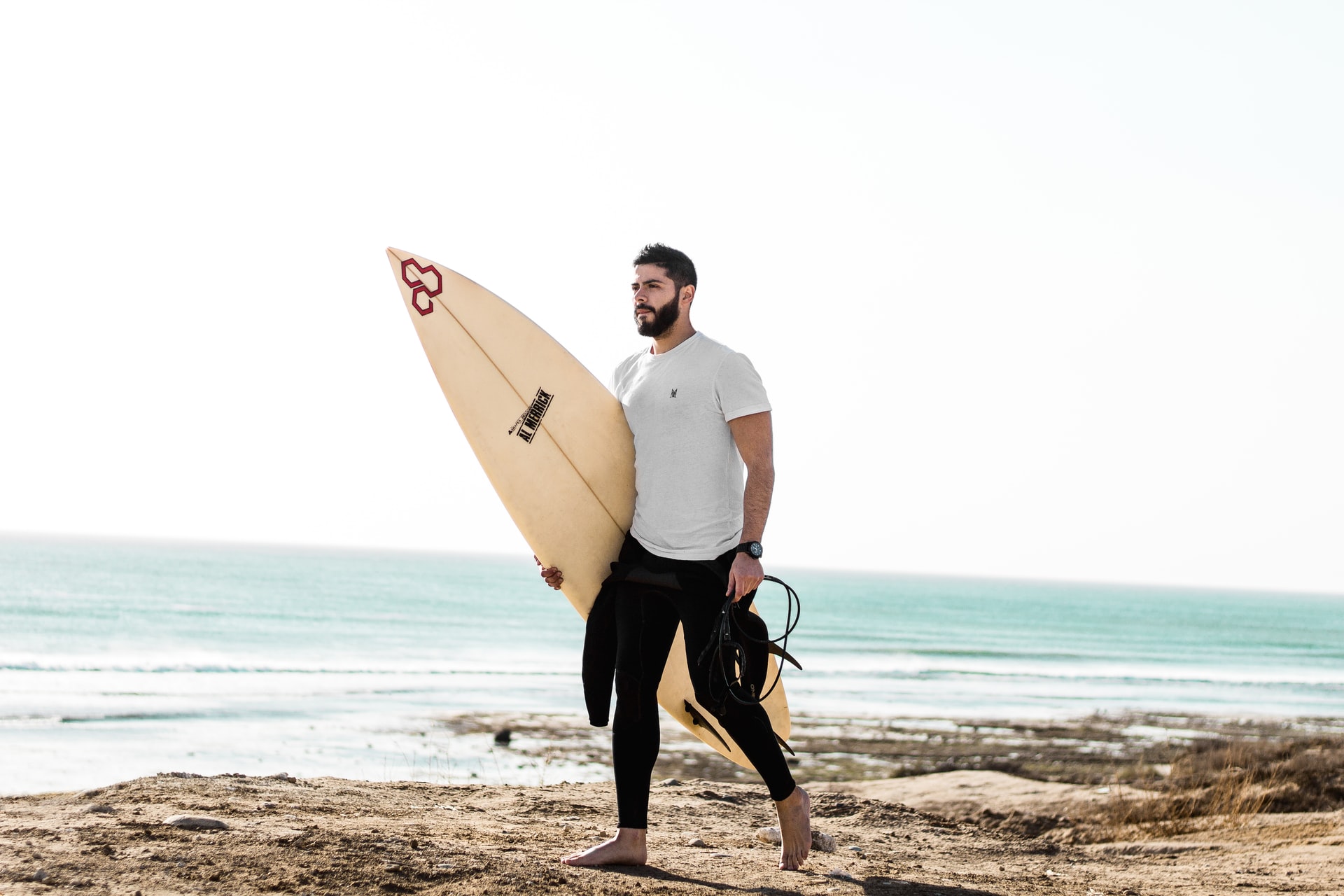
Do Surfers Have Beards? Pros & Cons You Should Know (+4 Tips)
-
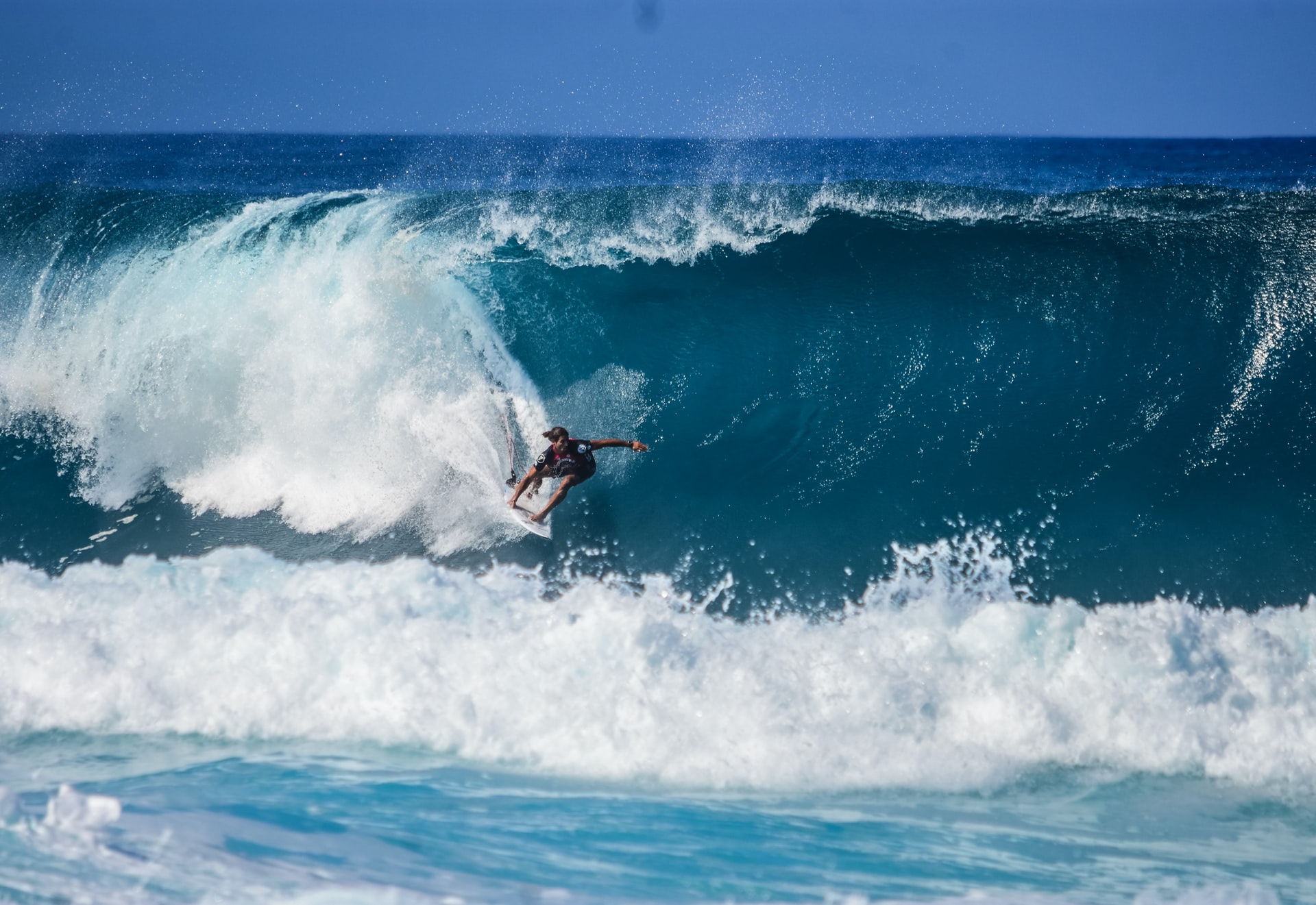
Do Surfers Like Constructive or Destructive Waves? (+Pros & Cons)
-
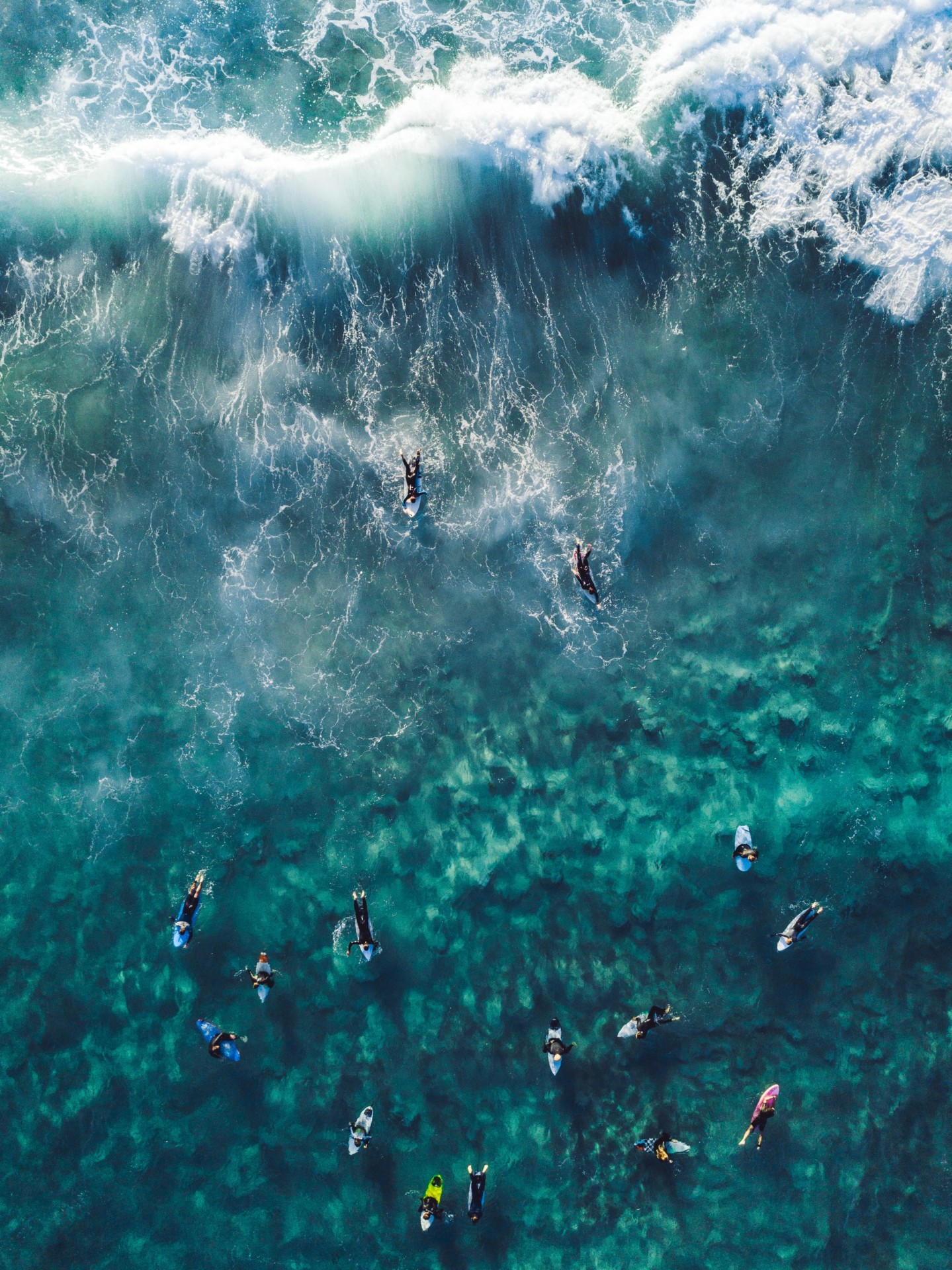
How to Surf Safely: 34 Crucial Tips (Every Surfer Should Know)
-
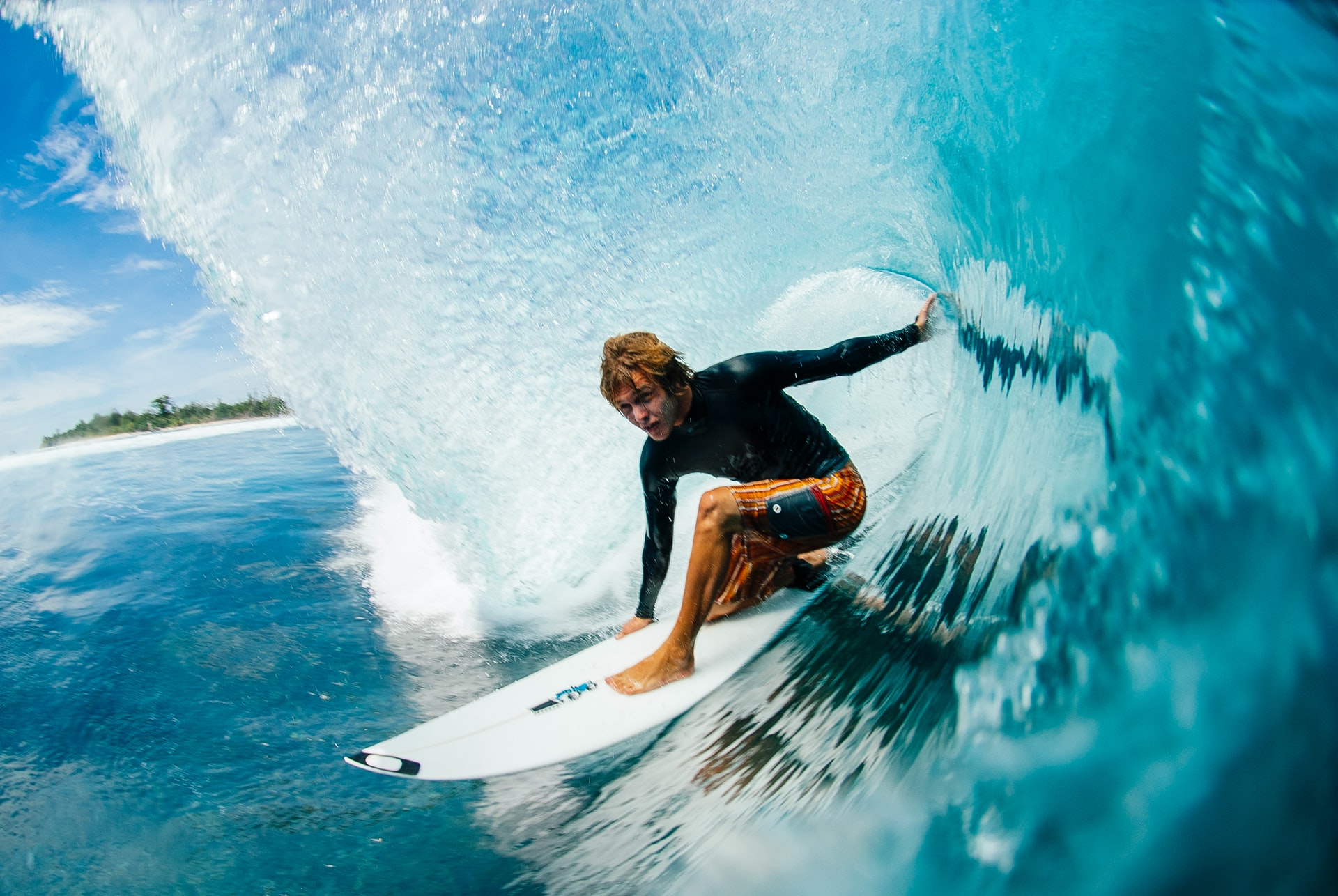
Do Pro Surfers Use Leashes? (+6 Reasons Why You Should Too)
-
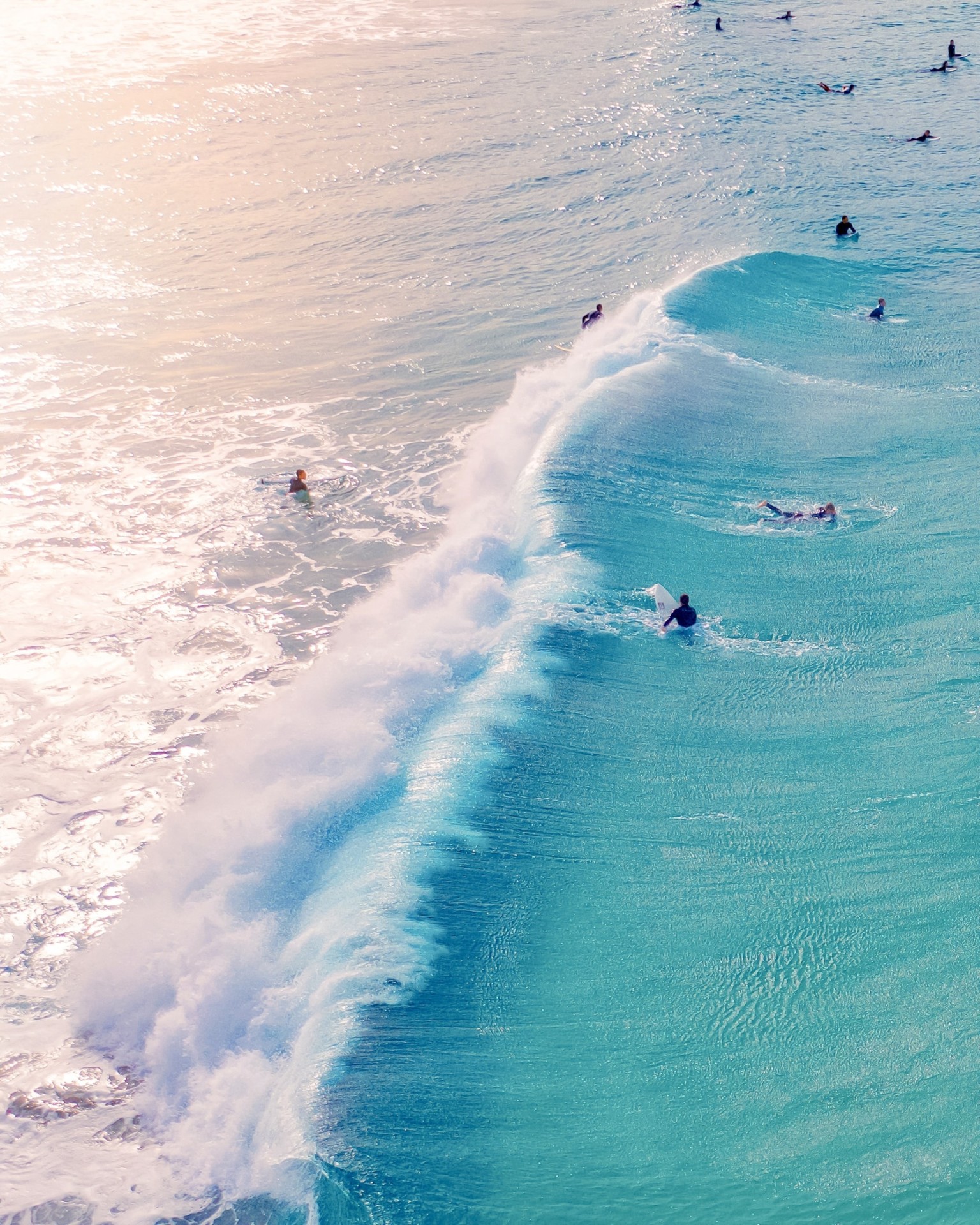
Do Many Surfers Drown? Here Are the Facts (+4 Common Reasons)
-
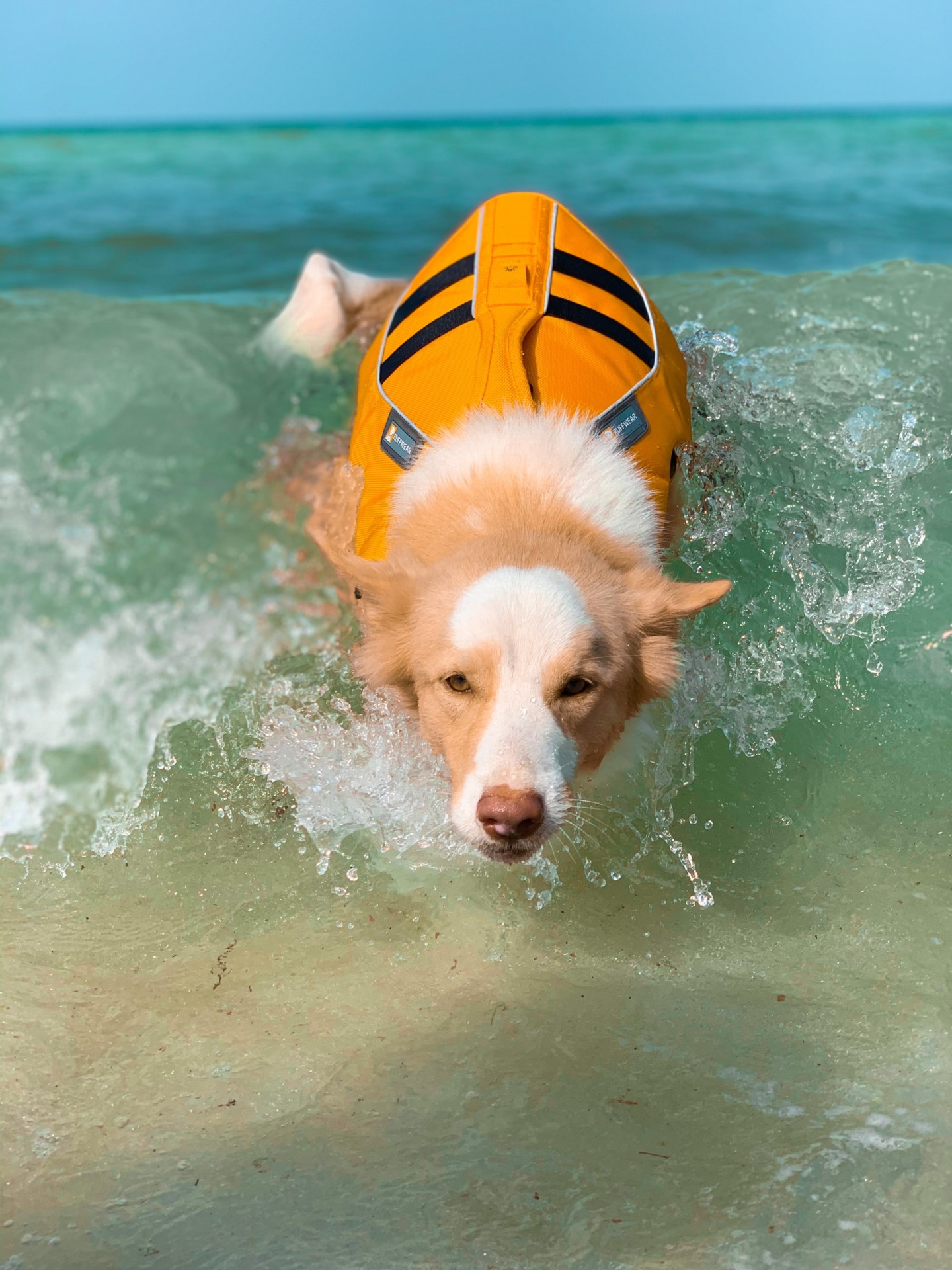
Do Surfers Wear Life Jackets? (7 Reasons Why They Don’t)
-
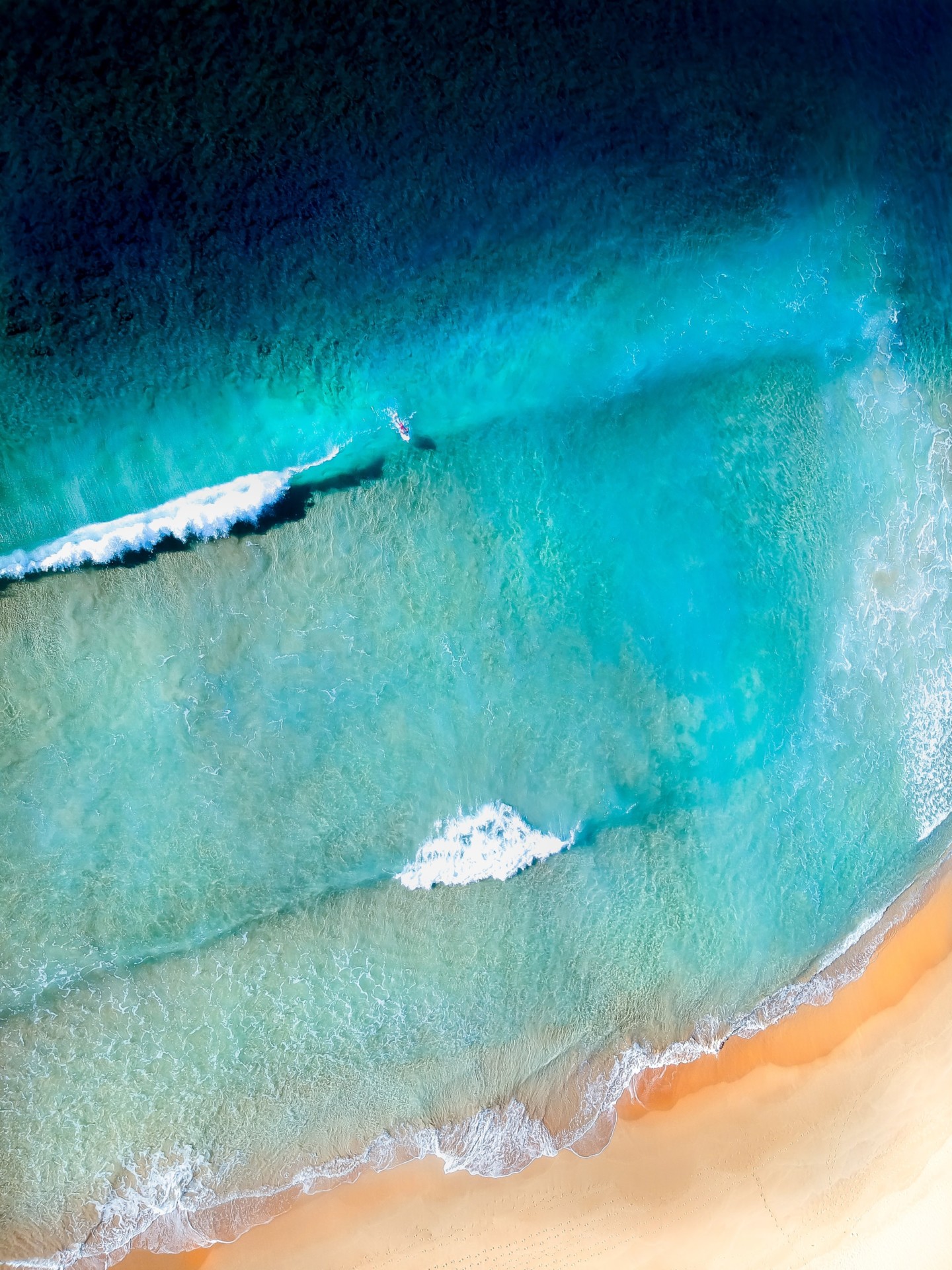
Do Surfers Like Rip Currents? (& How to Use Them Safely)







